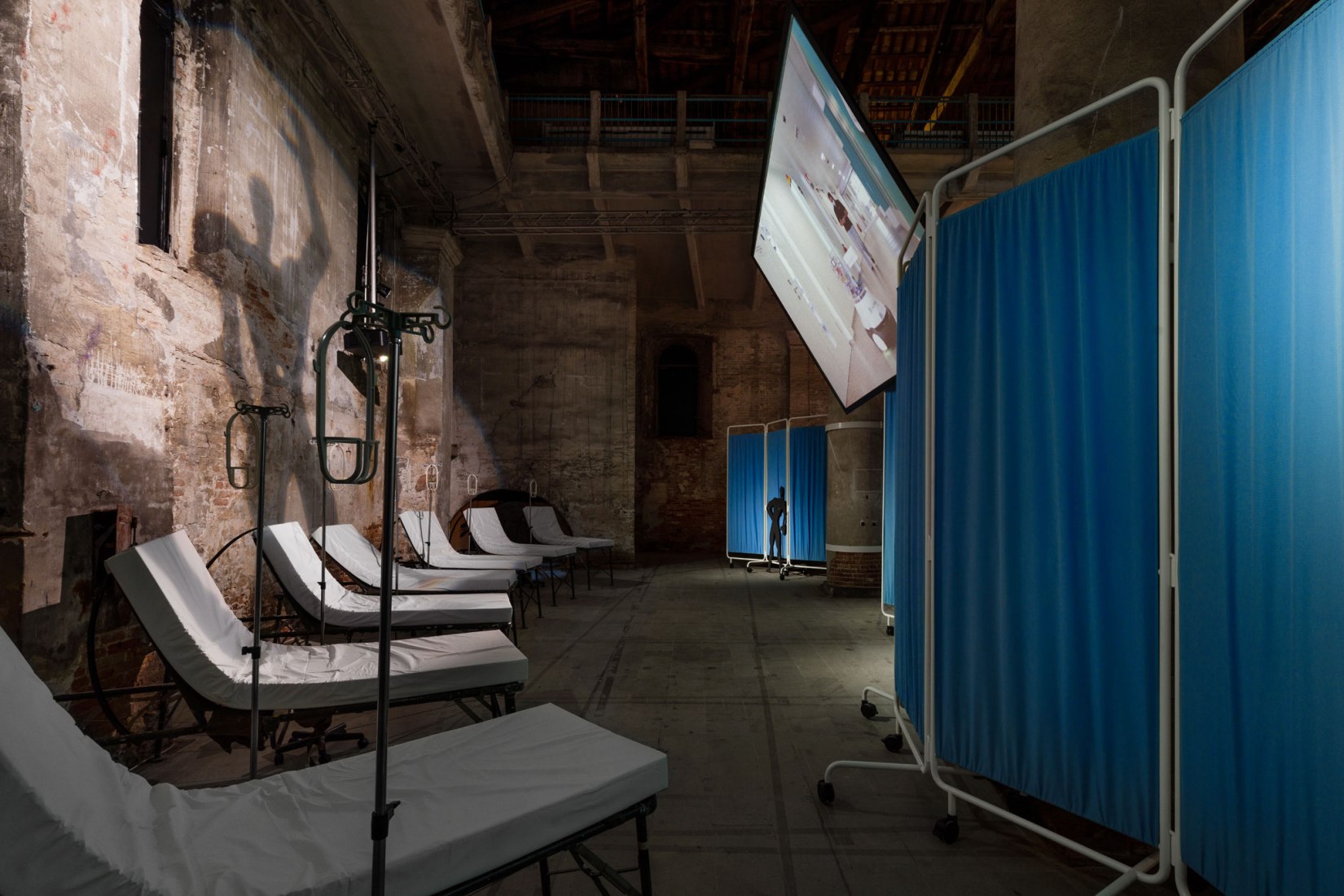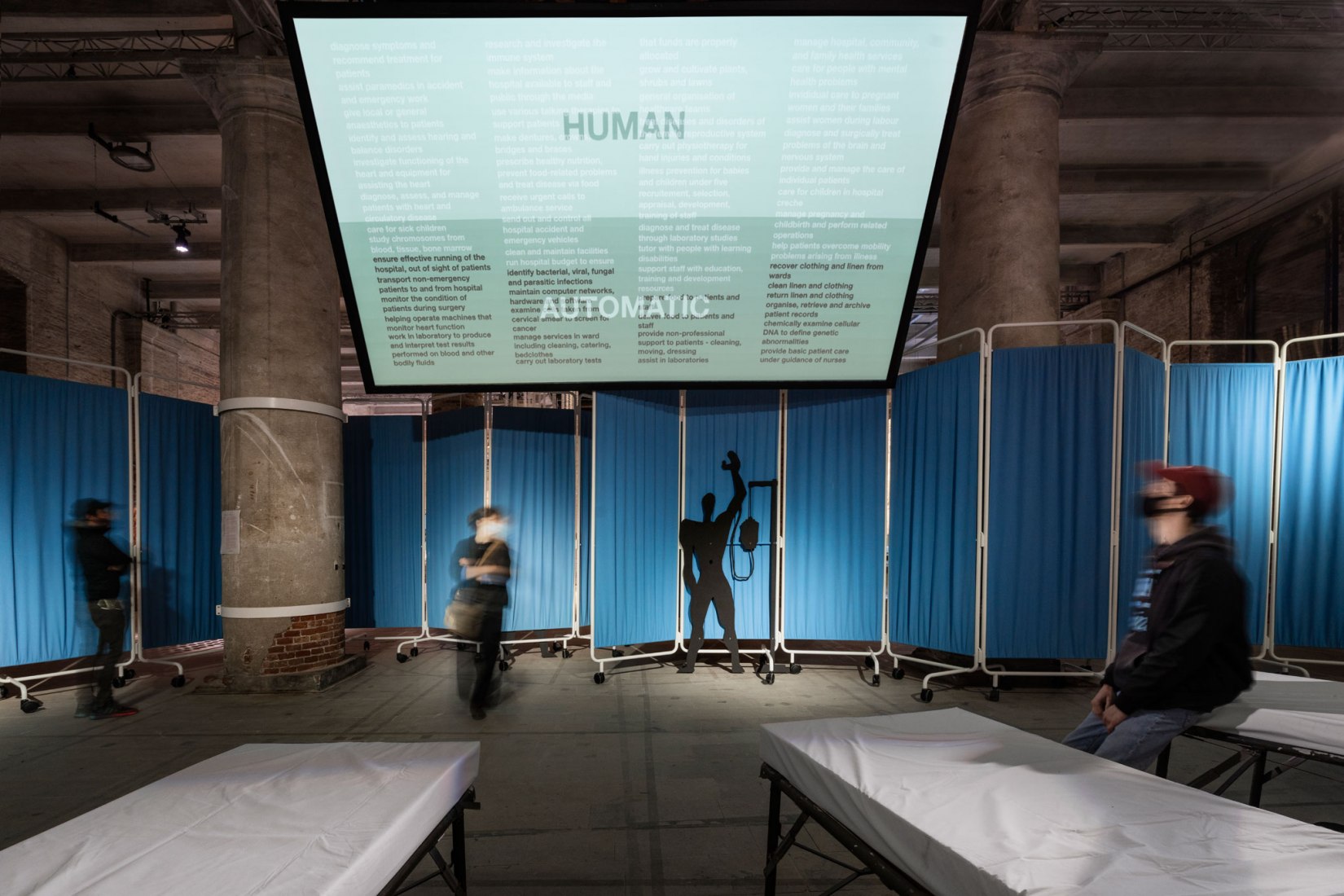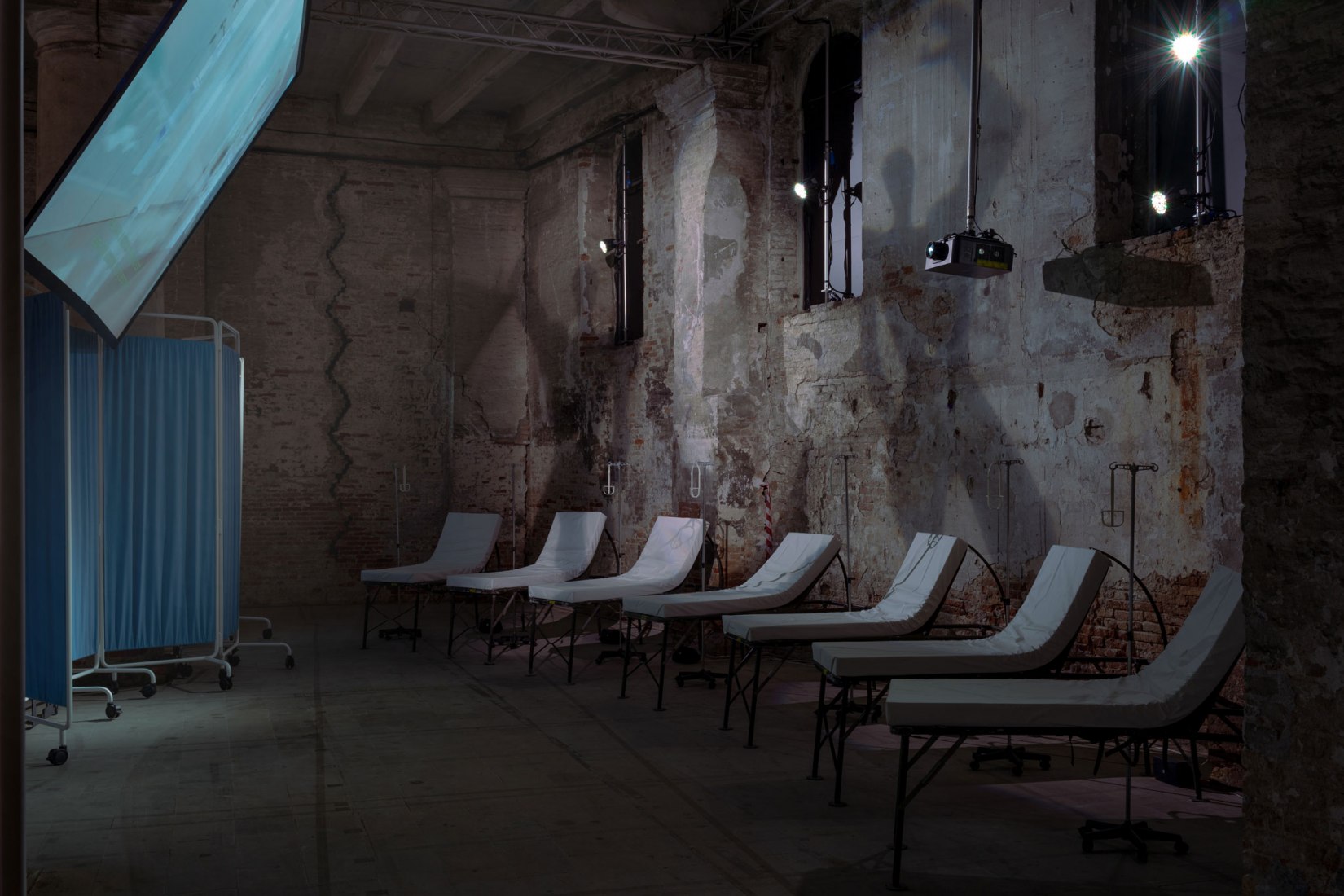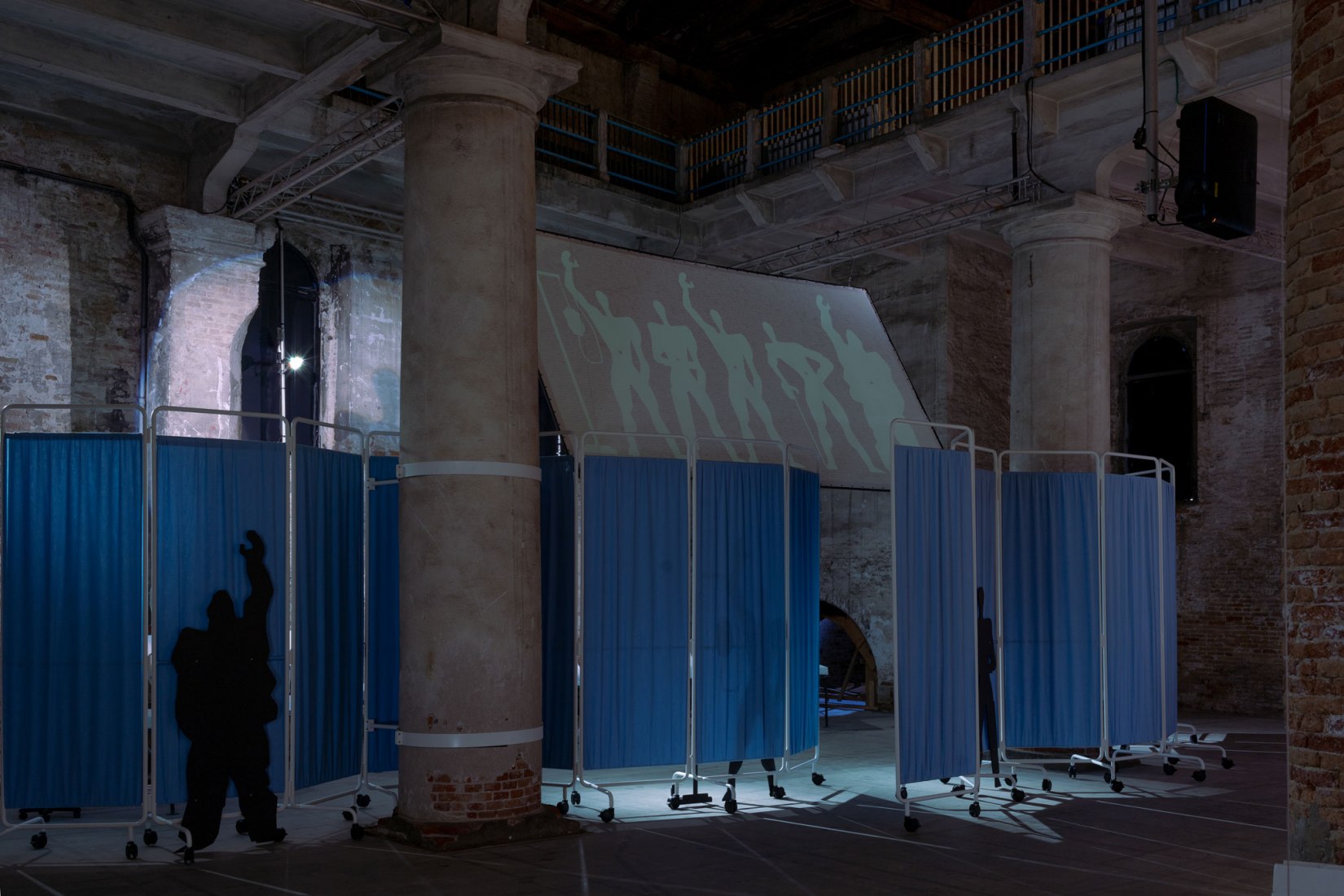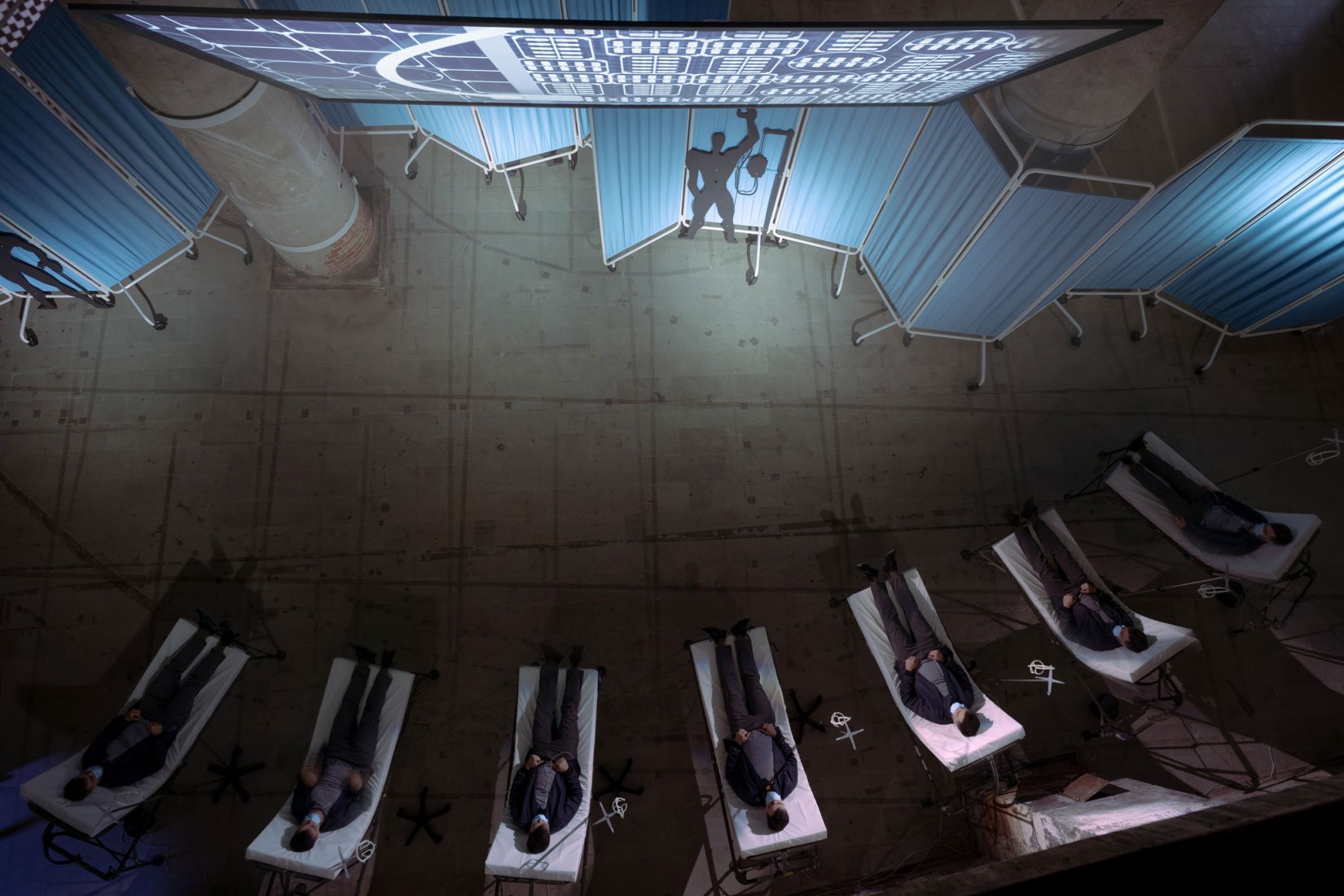
“Hospital of the Future” Film Premiers at the 17th International Architecture Exhibition – La Biennale di Venezia by OMA and Reinier de Graaf
The international premiere of the short film “Hospital of the Future” by OMA and Reinier de Graaf was presented at the 17th International Architecture Biennale of Venice, curated by Hashim Sarkis. Starting from an analysis of the world’s health system, analyzing its potential and critical issues, the short film invites us to reflect on issues that today more than ever have become of fundamental importance. What will be the future of the hospital after the pandemic? How can technology be exploited to improve health conditions? But above all, if it became automatic, could the hospital of the future be more human?
The coronavirus has highlighted all the shortcomings of the global health system: problems that cannot go unnoticed, as our lives depend on them. “Once the Covid19 pandemic is just a bad memory, let’s not forget all that happened” warns Reinier de Graaf in a letter. In Europe we were living longer than any previous generation in human history. Average life expectancy had doubled in the past century. Thanks to improvements in medicine, sanitation, and nutrition, most of us would live to see 73. Diseases were done away with, or else made manageable with new treatments. Illness had become less something to die from, and more something to live with. While we were living longer, we were by no means healthier. Advanced age was a precipice. The older we got, the more susceptible we became to new threats – whether pathogenic or political. Half a century earlier, there had been seven working-age persons per pensioner. This number had halved in the time since. We were becoming increasingly dependent on the young. Healthcare had been made part of the service sector and became subject to the laws of the market economy. A new approach was imperative, and with it came a new regime. Healthcare had been made part of the service sector and became subject to the laws of the market economy. Hospitals, whether state-run or private, were expected to enterprise. If they couldn’t be competitive, they didn’t last.
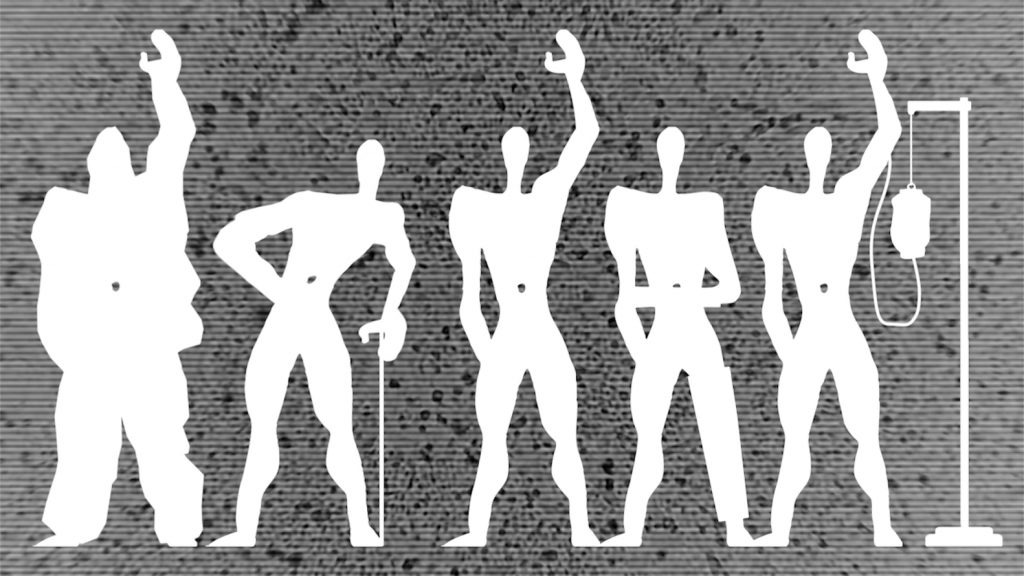
The hospital director became manager. The doctors became staff. The patient became client. And what could be better for business than a steady flow of clientele? The old and chronically ill went from burden to business opportunity. Their recurring visits became a trend to capitalize on. Ambulatory care was key to the hospital of the future. The shorter the stay, the better it is. Less expensive and less stressful, for all involved. In, out, and off home to recuperate. Out with beds, and in with technology. Advanced treatment, faster recovery time and remote monitoring became the new dogma. People were best kept out of the hospital. Being well was a personal responsibility. And countless people bought into it, surrendering to diets, punishing exercise regimes, eastern mysticism or all at the same time. Life was about self-improvement. Most of us didn’t need hospitals, and we certainly didn’t want them. At home our beds were comfortable, the food edible. It had been 100 years since the Spanish Flu, long enough to erase its impact from collective memory and long enough to lose those who learned from the experience. And then one day it happened. At first, few were willing to acknowledge it. Those where it started wouldn’t admit it to the damage. Those far away wouldn’t believe it could reach them. It did, and without exception. Though indiscriminate in choosing its hosts, it soon became clear that the elderly and those with underlying health conditions were the ones to fall victim – precisely the people medical progress had managed to keep alive the century before.

A century of uninterrupted medical progress and growing life expectation had left us unprepared for things to come. But what is a century on the scale of human history? Epidemics recur. Infections stick around. And given globalization, another pandemic was always on the cards. We had nowhere to put them all, and soon realized how useful the old hospitals would have been had we not demolished them. We’d spent the last half century making hospitals less hospital-like, until there came a day when we didn’t need to. It was clear a fundamental rethinking of healthcare provision would be vital if we were to survive the next great challenge Hotels became hospitals. Schools became hospitals. Sports stadia became hospitals. Exhibition and congress centers became hospitals. The crisis had exposed the structural shortcomings of our healthcare systems. Beyond these temporary expedients, it was clear a fundamental rethinking of healthcare provision would be vital if we were to survive the next great challenge. And yet we only came up with the same answers – plugged with a renewed emphasis. Entrepreneurs strained themselves to identify the opportunity in the crisis. Architects dwelled on how to design a home to best self-isolate in, or wondered how 3D printing could save their building sites.
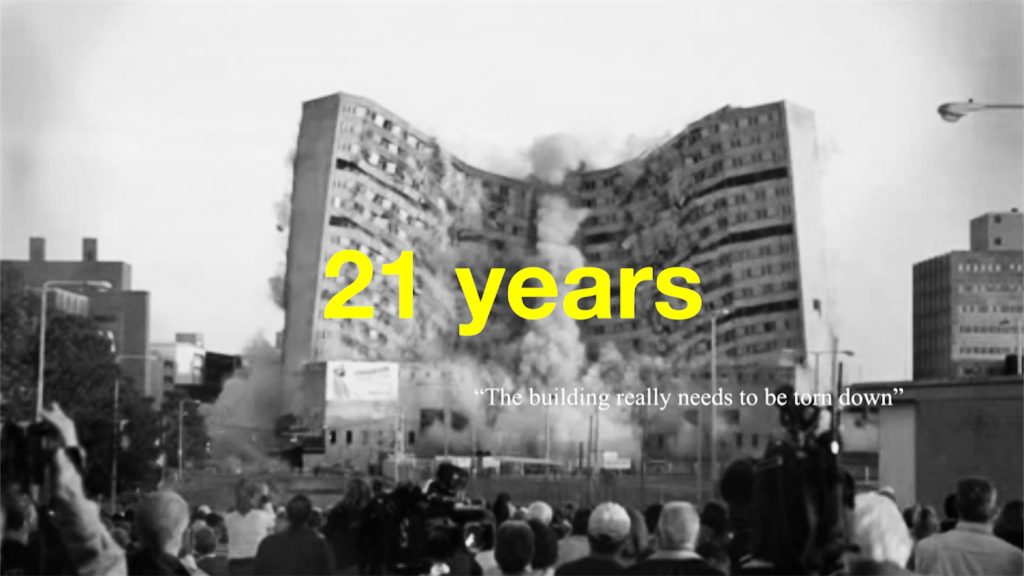
Politicians continued what they had been doing already, in order to prove they’d been right all along. Democratic nations urged more transparency, authoritarian ones more authority. Yet, there was only so much the state could do to fight the disease. Citizens had to play their part. Non-citizens would have better luck elsewhere. The crisis called for sacrifice in the form of austerity, restrictions, mass surveillance – another war on terror. Even former dictatorships-come-democracies, like those in Eastern Europe, agreed that in times like these one’s best defense is one’s army. All hope was put on a vaccine. Scientists all over the world were mobilized to find one. At most it would take 18 months, experts predicted. Meanwhile, the number of victims grew exponentially every day. Until one day the numbers started dropping. And then miraculously stopped. The research was left for another day. There was an economy to be rescued.

The Hospital of the Future designed by Oma and Reinier de Graaf, will be on view in the Arsenale, at the end of the Corderie, in a setting featuring larger-than-life hospital curtains and field hospital beds acquired from the Italian army. Real-size figures inspired by Le Corbusier’s Modulor Man represent patients suffering from contemporary common afflictions, calling into question the notion of an ideal standard of health.
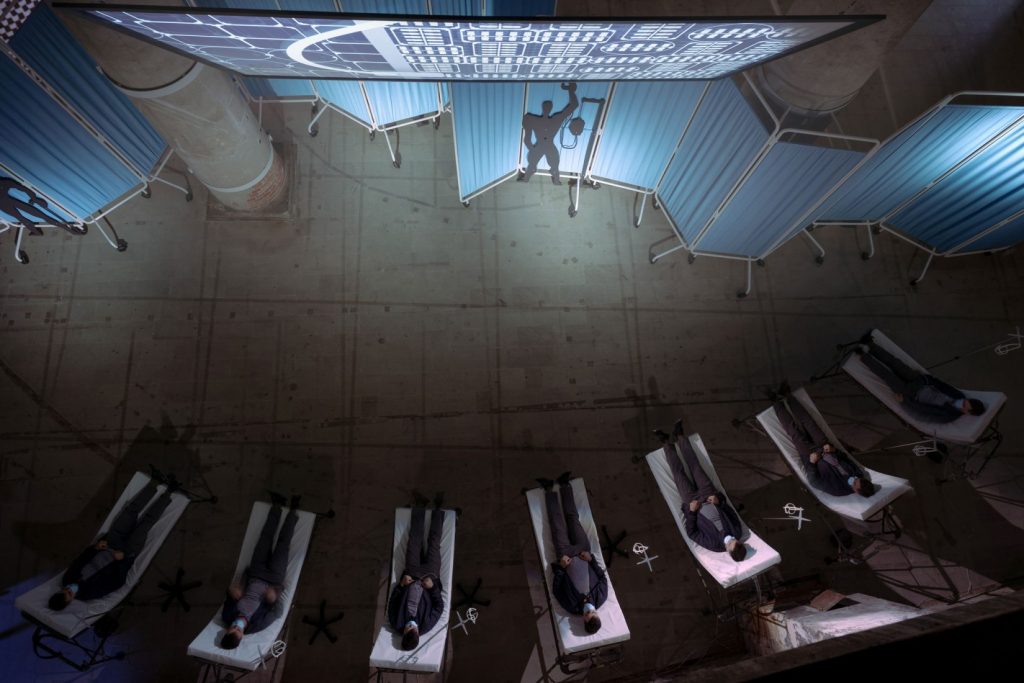
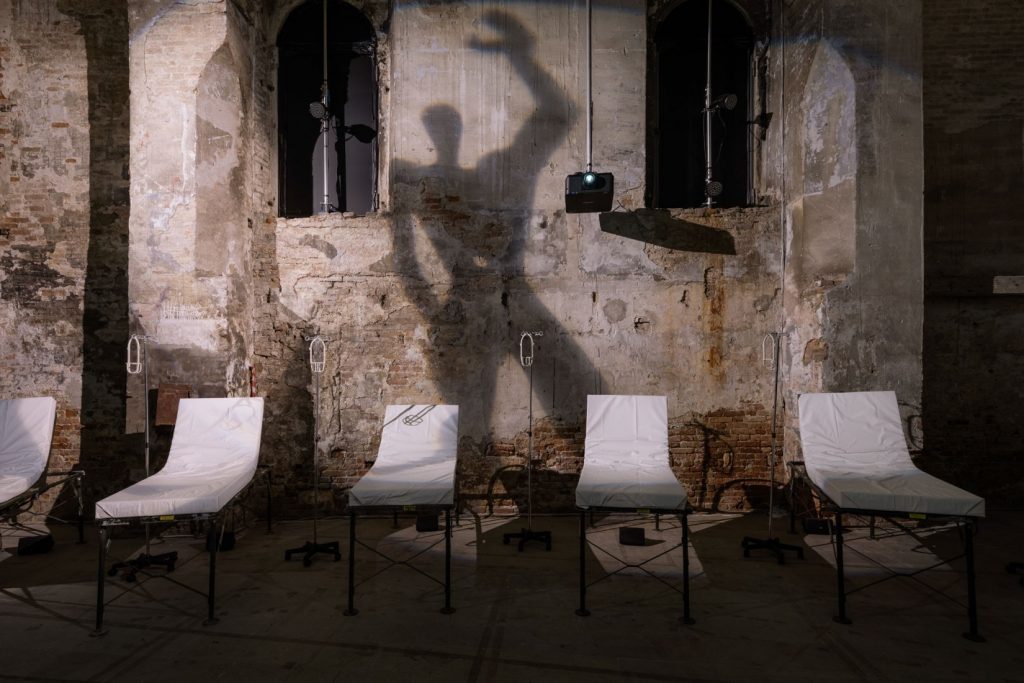
On the last day of 2019, the world changed. In a very short time, an outbreak became an epidemic, and before long, the epidemic became a pandemic. It soon became clear that precisely the people that medical progress had managed to keep alive were the ones to fall victim. The chronic suddenly became acute.
The hospital as we know it is dead.
The hospital of the future will be in constant flux, like a theater, transforming its space to the event. If organs can be 3D printed, could the hospital be 3D printed? Using its waste as resource, could it rebuild itself perpetually? The hospital of the future will be self-sufficient. Like a greenhouse, producing its own crop. If we revive old remedies for common afflictions, could we grow just what the doctor prescribes?

The hospital of the future will take your order, like a logistics center, sorting and sending. The hospital of the future is a place you will never go. Using its data, the hospital of the future will act remotely, treat each patient individually, monitoring one’s health and operating where needed. The hospital of the future will give way to the machine, liberating its staff from routine tasks, and leaving precision in the hands of accurate devices.
If it became fully automatic, could the hospital of the future be more human?


